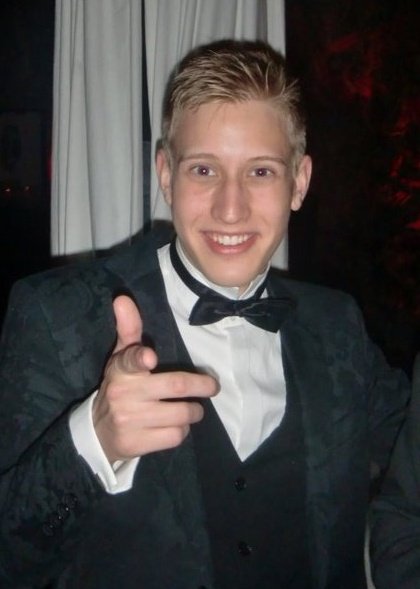Hellthy Kitchen
Hellthy Kitchen is a virtual reality game created by 3 students at KTH in the course Advanced Graphics and Interactions (DH2413). This is our second project in the course and the aim of the project was to promote healthy living. All the other groups focused on having the player move around in order to get some exercise while playing, we wanted to be different and chose to implement the healthy aspect inside of the game, in the form of teaching the player how to cook healthy food in a fun manner. The player still gets to move around but needs to do so in a more delicate manner in order to interact with the environment, e.g. turning on the stove, turning on the faucet, moving the ingredients etc.
An immersive virtual reality experience
We originally wanted the purpose of the game to be that the player gets a recipe which they have to follow by picking the right ingredients from the fridge, cutting them into smaller pieces, and finally putting them into either a frying pan or a pot. But we soon realized that our ambition was set too high seeing as we only had 3 weeks to complete this project. With that in mind we decided to focus more on making the game fun and interactive. So the current state of the game has no actual gameplay or purpose, but it’s almost fully interactive and when we showcased the project at KTH Visualization Studio’s Open House event we could see a smile on the face of every visitor trying out our kitchen simulator.
Tools used
The game was created using Blender for modeling and texturing, CrazyBump for bumpmapping and Unity3D version 5.2.2f for the actual game and game logic. The game utilizes the Oculus Rift DK2 for the virtual reality experience, the Microsoft Xbox 360 Kinect for tracking the user’s body movement and 2 Targus wireless USB presenters for activating the grip function of respective hand. For the Kinect we used the Microsoft Kinect SDK v1.8 as well as the Kinect with MS-SDK-plugin from the Unity asset store.
Lessons learned
As the aim of the project was to make it as realistic as possible we focused a lot of time to make realistic 3D models for the tools, ingredients and the kitchen environment. We looked into bumpmapping and started to research how we would implement realistically looking fluids such as water, fire and oil. But as mentioned before we set our goals too high and never got to actually implementing the fluids.
For the interaction part we learned how to make use of both the Xbox 360 Kinect for skeleton tracking and the Oculus Rift for the virtual experience. We would have loved to use the Xbox One Kinect but the SDK for that Kinect requires Windows 8 or higher to work and since the Oculus Rift we used was attached to a computer which could not be updated to Windows 8 for various reasons we had to use the old Xbox 360 Kinect.





